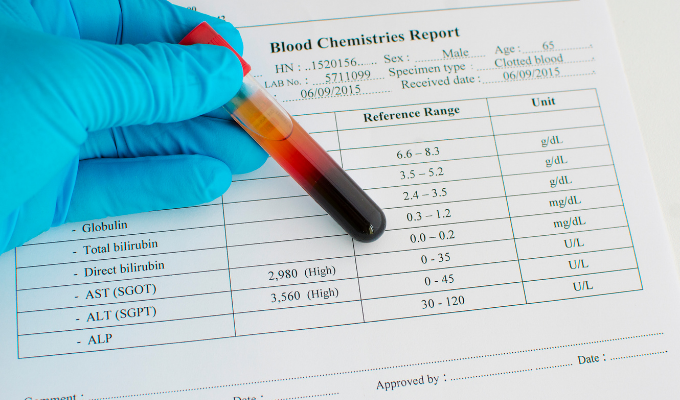What Is an Estimated Glomerular Filtration Rate?

More Programs and Publications Featuring Dr. Kyle Riding
In this program:
Estimated glomerular filtration rate is another test used in analyzing kidney function. Watch as medical laboratory scientist Dr. Kyle Riding explains what the test measures and the normal range for healthy adults.
Transcript
Leo Hesse:
Now, can you tell us what an eGFR or estimated GFR is?
Dr. Kyle Riding:
Okay, great question. The estimated glomerular filtration rate is a really fancy way of basically looking at how well your kidneys are filtering your blood.
Right. If we were to take a kidney and look at it under the microscope, we'd find these little cells called glomeruli, all right, really fancy little name for those cells in the kidney, and essentially these glomeruli are simple little filters hanging out there, taking your blood filtering out the waste products, putting back in the good stuff and then creating urine for you to void it out. All right, now that filtration is going to occur at a certain rate, how much blood can be filtered in a given minute, and we look at it from how many milliliters of blood are filtered by your kidney per minute, now we unfortunately, can't easily sit back and go to the kidneys and figure this out directly without a lot of special prep on the patient's part.
So what we do is we do what's called an estimated glomerular filtration rate, where we actually do a calculation based upon the creatinine from the basic metabolic panel, or another molecule called Cystatin c. That isn't as routinely used, but becoming more popular as time goes on, and we use that result and some of the patient’s demographic information to calculate how many milliliters of blood their kidneys filter per minute. We want that estimated glomerular-al filtration rate to be as high as possible, and most adults, we want to see results over between 100 and 120 milliliters per minute, we do get really concerned when we start to see that estimated glomerular filtration rate dip down below a 60 milliliter per minute mark.
The information on Diverse Health Hub is provided for educational purposes only, and is in no way intended to diagnose, cure, or treat any medical or other condition. Always seek the expert advice of your healthcare team.
Related Videos:































